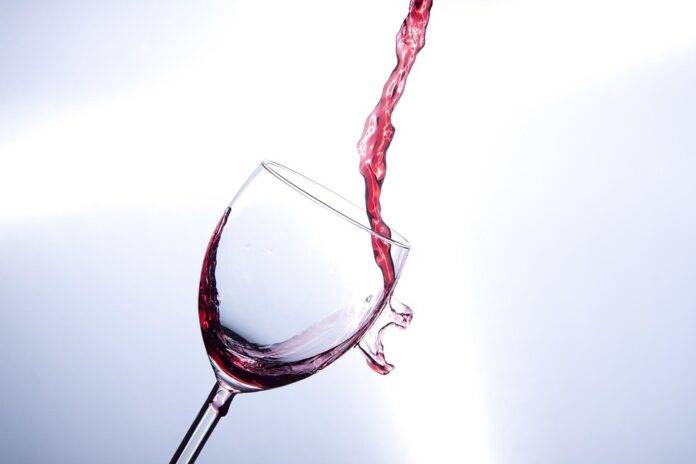Why Winemakers Focus on Site Expression and Minimal Intervention
Introduction
Winemaking is an art that combines science, tradition, and passion. Over the years, winemakers have increasingly turned their focus towards showcasing the unique characteristics of their vineyard sites and reducing intervention in the winemaking process. This trend towards site expression and minimal intervention has gained popularity among consumers and critics alike. In this report, we will explore the reasons behind this shift in winemaking practices and its impact on the industry.
The Rise of Site Expression
Site expression in winemaking refers to the concept of allowing the terroir of a vineyard to shine through in the final product. Terroir encompasses the unique combination of soil, climate, topography, and other environmental factors that influence the grapes grown in a specific vineyard. By focusing on site expression, winemakers aim to capture the essence of a particular terroir in their wines, creating a sense of place that sets their products apart from others.
One of the key reasons winemakers focus on site expression is to showcase the diversity and complexity of different vineyard sites. Each vineyard has its own set of characteristics that can influence the flavor, aroma, and structure of the grapes grown there. By highlighting these unique traits in their wines, winemakers can create a more authentic and compelling product that resonates with consumers seeking distinctive and memorable tasting experiences.
The Benefits of Minimal Intervention
In addition to emphasizing site expression, many winemakers have also embraced the concept of minimal intervention in the winemaking process. Minimal intervention involves using techniques that allow the natural flavors and aromas of the grapes to shine through, without excessive manipulation or additives. This approach is often associated with organic or biodynamic farming practices, which prioritize sustainability and environmental stewardship.
There are several benefits to adopting a minimal intervention approach in winemaking. First and foremost, it allows winemakers to preserve the purity and authenticity of the grapes, resulting in wines that are true reflections of their terroir. By minimizing the use of chemicals, additives, and technological interventions, winemakers can create wines that are more natural, vibrant, and expressive.
Industry Insights and Trends
The focus on site expression and minimal intervention has become a prominent trend in the wine industry in recent years. Consumers are increasingly seeking wines that tell a story and have a sense of place, driving demand for wines that showcase the unique characteristics of their vineyard origins. This trend is particularly strong among younger generations of wine drinkers who value authenticity, sustainability, and transparency in the products they consume.
Several well-known wineries and wine regions have gained recognition for their commitment to site expression and minimal intervention. For example, Domaine de la Romanée-Conti in Burgundy, France, is renowned for its meticulous attention to detail in the vineyard and winery, resulting in wines that are highly sought after by collectors and connoisseurs. In California, Ridge Vineyards has gained a reputation for its hands-off approach to winemaking, allowing the natural beauty of its vineyard sites to shine through in its wines.
Financial Data and Impact
From a financial perspective, winemakers who focus on site expression and minimal intervention may face higher production costs due to the labor-intensive nature of these practices. However, the premium prices that these wines can command in the market often offset these costs, leading to strong profitability for producers who successfully execute this approach. Consumers are willing to pay a premium for wines that offer a unique sense of place and a high level of quality, making site expression and minimal intervention a sound investment for many wineries.
In conclusion, the focus on site expression and minimal intervention in winemaking has become a key driver of innovation and differentiation in the wine industry. By highlighting the unique characteristics of their vineyard sites and minimizing intervention in the winemaking process, producers can create wines that are distinctive, authentic, and memorable. This trend is likely to continue shaping the future of winemaking, as consumers increasingly seek out wines that offer a true sense of place and a genuine connection to the land.



